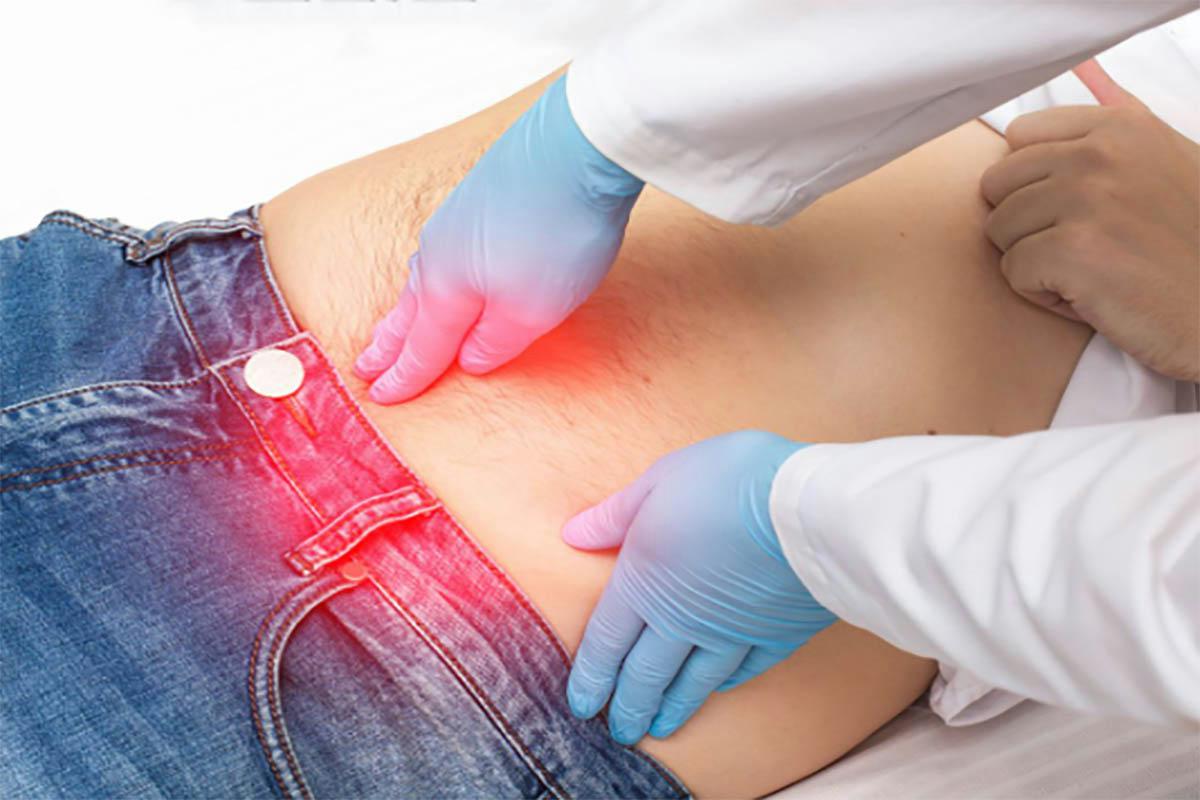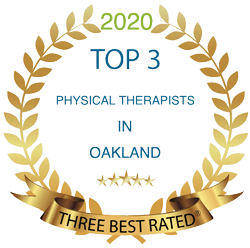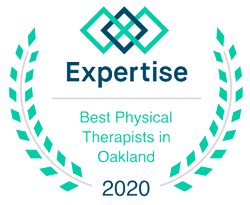Introduction
Diastasis Recti Hernia is a condition that affects many individuals, often causing confusion due to its similarity to other abdominal issues. Understanding the view of diastasis recti is crucial for accurate diagnosis and targeted interventions.
In this blog, we will delve into the differences between diastasis recti and hernia, explore the associated complications, and discuss the causes, treatments, and prevention strategies.
Diastasis Recti vs Hernia
Diastasis Recti and Hernia are two distinct but interconnected conditions that affect the abdominal muscles.
Diastasis Recti occurs when the connective tissue between the muscles of your rectus abdominis weakens or separates, resulting in an unusually wide gap between these muscles.
On the other hand, a Hernia, encompassing the protrusion of an organ or tissue through a weakened spot in the abdominal wall, may include specific types such as umbilical hernia, epigastric hernia, ventral hernia, and midline hernia.
While both diastasis recti and hernia can coexist, it’s crucial to understand the nuances that differentiate them.
Complications of Diastasis Recti and Hernia

Both Diastasis Recti and Hernia can pose significant risk factors for various complications if left untreated.
Diastasis Recti
- A key indicator of diastasis recti is the prominent bulge of abdominal muscles during core pressure, as noted by Anna Ribaudo, PT, DPT, OCS, Capp-OB, a clinical lead at HSS with orthopedic clinical specialist certification and expertise in perinatal care.
- Additionally, Diastasis Recti may lead to urinary incontinence, impacting daily activities and quality of life. Seeking timely intervention, such as targeted exercises and physical therapy, is essential to alleviate symptoms and prevent further complications.
bodybuilder with mushroom head cock anavar pros and cons bodybuilder explains what steroids does to your penis
Hernia
- This condition can result in a range of complications, from mild discomfort to severe medical emergencies.
- Common symptoms of a hernia include localized pain, a bulging or protruding area in the abdomen, and sometimes a visible lump.
- In severe cases, hernias can lead to strangulation of the protruding organ, necessitating immediate medical attention and often requiring surgical intervention. This complication emphasizes the significance of prompt diagnosis and proper medical care, especially to prevent the development of chronic pain associated with hernias.
Causes of Diastasis Recti and Hernia
Diastasis Recti
- Pregnancy, placing pressure on abdominal muscles
- Obesity exerting strain on the midsection.
- Improper heavy lifting techniques, lacking proper core engagement
Hernia
- Congenital factors, inherent weakness in the abdominal wall, or abdominal wall defect
- Age-related muscle weakness
- Engaging in strenuous physical activities, particularly heavy lifting or straining
Treatment Approach
In a 2015, an anatomical study, the implementation of a rehabilitation program was associated with about a 20 percent lower recurrence rate and nearly a 30 percent decrease in complications.
Treatments for Diastasis Recti
- Addressing Diastasis Recti often involves a combination of treatment options, such as therapeutic and non-surgical interventions.
- Physical therapy is an additional technique plays a crucial role, incorporating targeted exercises and lifestyle modifications.
Treatments for Hernia
- Hernia treatment varies, and the approach depends on the severity of the condition. In many cases, an invasive approach, often involving abdominal surgery, is necessary to address the weakened abdominal wall and prevent further complications.
Prevention Strategies for Diastasis Recti and Hernia

Preventing Diastasis Recti and Hernia involves proactive measures to maintain abdominal health. Implementing a combination of lifestyle practices and targeted exercises can significantly reduce the risk of these conditions. Below are suggested prevention strategies:
Diastasis Recti Prevention
Maintain a Healthy Weight: Strive for a balanced weight, especially during and after pregnancy, to minimize stress on the abdominal muscles.
Safe Lifting Techniques: Practice proper lifting techniques to prevent unnecessary strain on the abdominal wall, reducing the risk of Diastasis Recti.
Core-Strengthening Exercises: Incorporate exercises that target and strengthen the core muscles, such as pelvic tilts and transverse abdominal exercises.
Hernia Prevention
Avoid Straining Activities: Steer clear of activities that exert excessive pressure on the abdominal wall, reducing the risk of developing Hernias.
Overall Muscle Strength: Engage in regular physical activity to maintain overall muscle strength, providing additional support to the abdominal region.
Balanced Exercise Routine: Include a mix of cardiovascular and strength-training exercises to enhance overall fitness and reduce the likelihood of Hernias.
Schedule a Consultation with Life In Motion Physical Therapy
If you are noticing symptoms indicative of Diastasis Recti,or Hernia, seeking professional help is crucial. Life In Motion Physical Therapy specializes in tailored rehabilitation programs to address these conditions, incorporating advanced techniques such as pelvic floor massage techniques. Schedule a consultation today to start your journey towards a healthier, stronger core.
Conclusion
Diastasis Recti and Hernia are common conditions that can significantly impact an individual’s quality of life. Understanding the differences, recognizing symptoms, and seeking timely intervention are essential for effective management. With the right combination of treatments and preventive measures, individuals can regain abdominal strength and prevent further complications.
FAQS
Q1: Can diastasis recti and hernia occur at the same time?
A1: Yes, diastasis recti and umbilical hernia can coexist. Both conditions involve abdominal muscles, and the strain on the abdominal wall may contribute to their simultaneous occurrence. It’s crucial to consult with a healthcare professional for an accurate diagnosis and to develop a comprehensive treatment plan that addresses both conditions if they are present.
Q2: Are there exercises to help prevent diastasis recti and hernia?
A3: For diastasis recti, concentrate on core-strengthening exercises like pelvic tilts and transverse abdominal exercises. When considering hernia diastasis recti symptoms, prevention involves overall muscle strength, attained through a balanced exercise routine encompassing cardiovascular and strength-training activities. Ensure the suitability of exercises for your individual needs and health status by consulting with healthcare professionals or fitness experts.
Q3: Can diastasis recti and hernia be treated with physical therapy?
A3: Yes, physical therapy is a valuable component in treating both diastasis recti and hernia. For diastasis recti, physical therapy may include targeted exercises to strengthen the core muscles and improve muscle coordination. In the case of a hernia, physical therapy can play a role in overall muscle strengthening and may be recommended as part of a comprehensive treatment plan. It is crucial to consult with a physical therapist and healthcare professionals to determine the most suitable and effective course of action for your specific condition.
Cheers,
Logan Lynch
Owner & Head Clinician at Life In Motion Physical Therapy
Talk To A Women’s Health PT On The Phone
What Other People Just Like You Are Saying About Life In Motion Physical Therapy In Dubuque
8+ 5-star reviews
– Jordan Albrecht
★★★★★ 5/5
I really enjoyed my experience with Logan! She was a ton of help for my back pain both during the end of my pregnancy and postpartum. She always helped me reintroduce exercise into my life the right way postpartum & it made me feel so much more confident going back knowing my body was fully ready!
Read More
– ALPIN54
★★★★★ 5/5
I worked with Logan for about 6 months because of knee pain I was having due to my lifting regiment. Logan identified many deficiencies in my movement patterns an taught me to rehab and maintain my movement. 6 months later I am pain free and back 100% to the sport I love.
Read More




